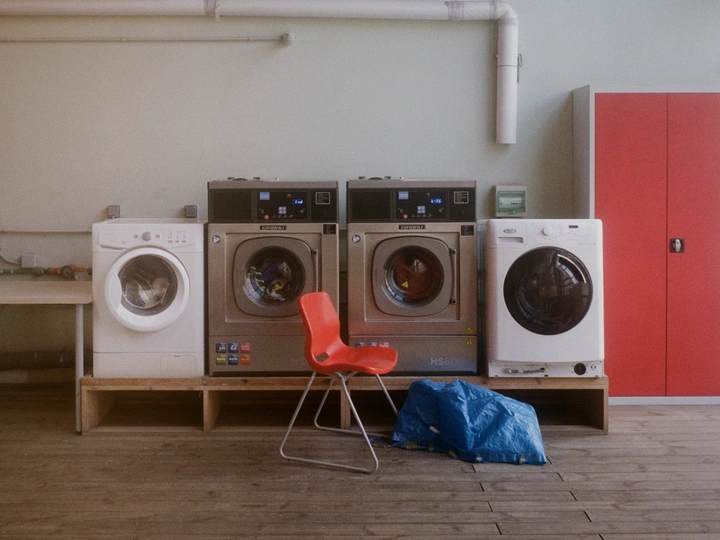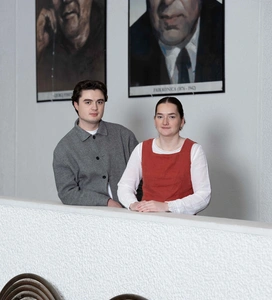Back of House

Daragh Murphy
Maeve O'Keeffe
Sophie O'Neill
Aoife Sheridan
Fite Fuaite is an Irish phrase, meaning to be firmly interwoven, inextricably mixed up. It represents both ourselves and our work, describing the interconnectedness of space, people and routine. We are a collective of five recent Masters of Architecture graduates from University College Dublin, based in Galway and Dublin. Our shared interests lie in cultural infrastructure, adaptive reuse, and ephemeral architecture, grounded by a sensitivity to the local and vernacular.
Individually and collectively, we explore how architecture can respond to social and ecological contexts, from sustainable and low-tech construction to re-imagining overlooked everyday spaces as places of civic engagement. As a team, we draw from our skill sets to question and expand one another’s ideas. The work and ideas expand from our own thesis projects, in which; Aoife brings an ecological approach, focusing on low-tech construction, wildlife, and local material systems. Louise examines the rhythms and rituals of daily life, exploring how civic and domestic routines shape space. Maeve works with peripheral, unresolved conditions, uncovering hidden value in the functional and overlooked. Sophie is interested in reconnecting communities with the systems that sustain them, through food, land, and material storytelling. Daragh’s research into vernacular building highlights cultural continuity and sustainable, local construction practices.
We bring together skills in drawing, sketching, photography, model-making, and research, with professional experience across Ireland, the UK and Europe. Our approach is collaborative, reflective, and rooted in a critical appreciation of material, place, and community. Together, we explore how architecture emerges not only through design, but through use, adaptation, and shared maintenance. These are the invisible engine rooms of public life, where spatial intelligence is improvised rather than drawn.
Our proposal is a collective research practice that documents, learns from and gives from to the invisible engine rooms of public life: kitchens, back alleys, laundrettes, storage rooms, industrial edges. These are transitional zones where labour, care and community quietly meet. Here, spatial intelligence is not drawn, but improvised; cupboards become ladders, a freezer door is propped open with a stool, a ledge becomes a shelf. We view these adaptations not as design failures, but as vernacular responses to a real spatial need.
We are a collective of recent architecture graduates brought together by a shared interest in the overlooked, the ordinary, and the quietly powerful aspects of the built environment. While each of us pursued different research topics, from civic infrastructures and productive landscapes to vernacular techniques and low-tech materials, we are united by a common outlook: that architecture’s most profound effects often lie in the background, embedded in everyday life.
We work through site visits, field drawings, interviews, writing, and photography. Our ambition is to shape a body of work that surfaces the knowledge embedded in these marginal spaces, challenging how architecture values maintenance, use and lived experience. We believe this work can evolve into a toolkit, a collaborative research methodology for uncovering spatial intelligence in everyday life. By working with both industry professionals but also a diverse palette of disciplines and spheres, we aim to understand and engage with the ephemeral user autonomy of space.
